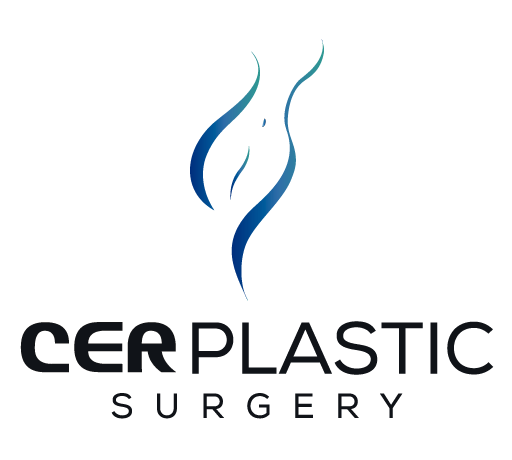Chin Augmentation cost
The average cost of Chin Augmentation is $3,137, according to the most recent statistics from the American Society of Plastic Surgeons. The price of chin surgery can vary considerably depending on several factors:
- Procedure Type
- Chosen Method
- Implant Type
- Surgeon’s Expertise
- Geographic Location
- Facility and Anesthesia Feesration of the procedure.
- Additional Costs
What is a Chin Augmentation?
Chin augmentation, also known as genioplasty, is a cosmetic surgical procedure designed to enhance the appearance of the chin and jawline. It involves reshaping the chin to improve its projection, size, and overall proportion to the rest of the face.

Am I a Good Candidate?
Considering several factors related to your facial anatomy, goals, and overall health determines your suitability as a candidate for chin augmentation cost. For a more individualized assessment, start a free consultation here. I will also share some general criteria that can help you evaluate:
- Chin concerns: You should have specific concerns with the appearance of your chin. Common concerns include a weak or receding chin, an undefined chin, or a lack of balance between the chin and other facial features.
- Good general health: Candidates for chin augmentation should be in good general health
- Nonsmoker: Smoking can adversely affect the healing process and increase the risk of complications. Most surgeons advise candidates to stop smoking before and after surgery.
- Age: Although there is no strict age limit for chin augmentation, candidates should generally be adults whose facial growth is complete. Surgeons evaluate adolescents on a case-by-case basis for the procedure if they have significant functional or aesthetic concerns.
- Facial Balance: Chin augmentation must correct or improve a facial imbalance in candidates.
- No weak chins: Candidates must have sufficient bone structure to support the implant. Emotional well-being: It is important to have a stable emotional and psychological state. You should make chin augmentation a personal choice for your well-being, not because of external pressure.
- Dental health: Good dental health is important, especially if you are having intraoral surgery. Address any dental problems before the procedure.
Candidates should prepare to diligently follow care instructions, which may include adhering to dietary restrictions, avoiding strenuous activity, and maintaining proper oral hygiene during recovery.
Consultation and Pre-operative Assessment
- Consultation: Before undergoing chin augmentation, you will have a consultation with a board-certified plastic surgeon. During this consultation, you will discuss your goals, concerns, and expectations for the procedure. The surgeon will evaluate your facial anatomy, take photographs, and recommend the most suitable technique based on your unique needs.
- Medical Assessment: You will undergo a thorough medical assessment to ensure you are in good overall health and a suitable candidate for surgery. Your surgeon will review your medical history, current medications, and any preexisting conditions.
Anesthesia
- Anesthesia: On the day of the procedure, the surgical team will administer anesthesia to ensure your comfort and pain-free experience during surgery. The type of anesthesia used can vary and may include local anesthesia with sedation or general anesthesia, depending on the surgical approach and your surgeon’s preference.
Incision and Access
- Incision: Surgeons perform incisions in different locations depending on the chosen surgical technique for chin augmentation, which can influence the location of the incision.
- Intraoral Approach: In this approach, the surgeon makes an incision inside the mouth along the lower gum line. This incision allows access to the chin bone without external scarring.
- Submental Approach: The surgeon may make a small incision under the chin. This approach is often used when placing chin implants.
Implant Placement or Bone Reshaping
- Chin Implant Placement: If you are receiving a chin implant, the surgeon creates a pocket within the chin tissue and carefully inserts the implant.
- Bone Reshaping: In cases where bone repositioning is required, the surgeon makes precise cuts in the chin bone. The bone is then moved into the desired position, either forward or backward, to achieve the desired projection. It is typically secured in place with plates and screws.
Closure and Recovery
- Closure: The incisions are closed with sutures. If an intraoral incision was used, there will be no visible external scarring. If a submental incision is made, the scar is typically inconspicuous and hidden beneath the chin.
- Post-Operative Care: After the procedure, you will be monitored in a recovery area until you are awake and stable. You will receive post-operative care instructions, including guidance on dietary restrictions, oral hygiene (for intraoral incisions), and activity restrictions. Pain medication may be prescribed to manage any discomfort.

Recovery and Results
- Recovery: The initial recovery period involves some swelling and bruising, which typically subsides within a few weeks. To promote proper healing, patients should carefully follow their surgeon’s instructions.
- Results: The results of chin augmentation surgery become more apparent as swelling decreases and the chin settles into its final position. Patients can expect a more defined and balanced chin, which can enhance overall facial aesthetics and self-confidence. chin implant surgery, plastic surgery procedure
Chin augmentation surgery, like any surgical procedure, carries certain risks and potential complications. It’s crucial to discuss these risks thoroughly with your board-certified plastic surgeon during your consultation and make an informed decision about the procedure. Here are some of the possible risks and complications associated with chin augmentation surgery
- Infection
- Swelling and Bruising
- Pain and Discomfort
- Hematoma
- Numbness or Altered Sensation
- Asymmetry
- Scarring
- Implant Issues
- Inadequate Bone Healing
- Allergic Reactions
- Complications with Anesthesia
Surgeons tailor chin augmentation surgery to each patient’s unique anatomy and aesthetic goals, making it a highly individualized procedure. It is essential to choose a qualified and experienced plastic surgeon to ensure a safe.
START A VIRTUAL CONSULTATION
A virtual consultation is when you send us photos of the places of your body where you’d like to improve. Then our surgeon analyzes it to confirm that you are a candidate for that particular procedure. We later inform you about our doctor’s decision and give you a quote with all the information about your surgery. Please, do be at ease that everything is confidential between yourself, the doctor, and the doctor’s representative.




